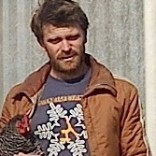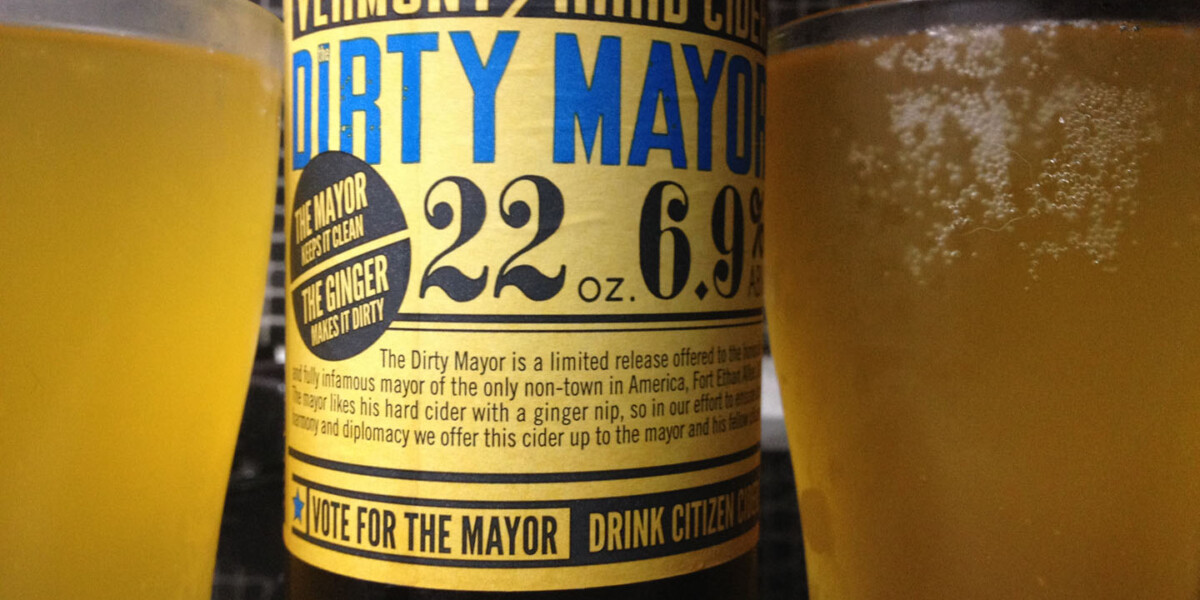Amount made from selling fresh produce at the UVM Farm Stand: $6,000. Pounds of harvested food donated to the local food shelf: 2,150. Number of bed feet planted in the fields: over 40,000. Number of farmers, agricultural specialists, extension agents, and UVM professors who students were exposed to: over 50. Number of days on the farm with no dancing: 0
Students in the UVM Farmer Training Program graduated last week in a heartwarming, intimate ceremony that included a by-the-numbers account of their days at Catamount Farm, personal haikus for each student, photo slide shows, as well as an abundance of hugs and laughter.
But the work these 21 UVM Farmer Training students plan to do after graduation is serious business.
UVM Continuing and Distance Education Dean Cynthia Belliveau, EdD, a chef, environmentalist, and educator, started the program six years ago. She gave students the following words of wisdom in her commencement speech:
“We’ve heard many times that our food system is broken. Yes, it provides unparalleled productivity, but at an incredible cost. It has become entangled in unacceptable levels of diet-related health problems for humans and animals, food-borne disease, hunger, and devastating agricultural pollution.
Our economy is suffering, and our social and cultural connectedness – for so many centuries epitomized by people coming together to cook and to eat, to share with one another – is disappearing.
Wendell Berry said, ‘We have lived our lives by the assumption that what was good for us would be good for the world. We have been wrong. We must change our lives so that it will be possible to live by the contrary assumption, that what is good for the world will be good for us.’
Standing here today, I am optimistic. I’m convinced that we can build an alternative food economy because you now have the skills to create it. Already, local and organic agriculture is growing far faster than other conventional sectors as a whole. This is a movement, and you are its next leaders.”
This post was originally published on the UVM Food Feed blog.





